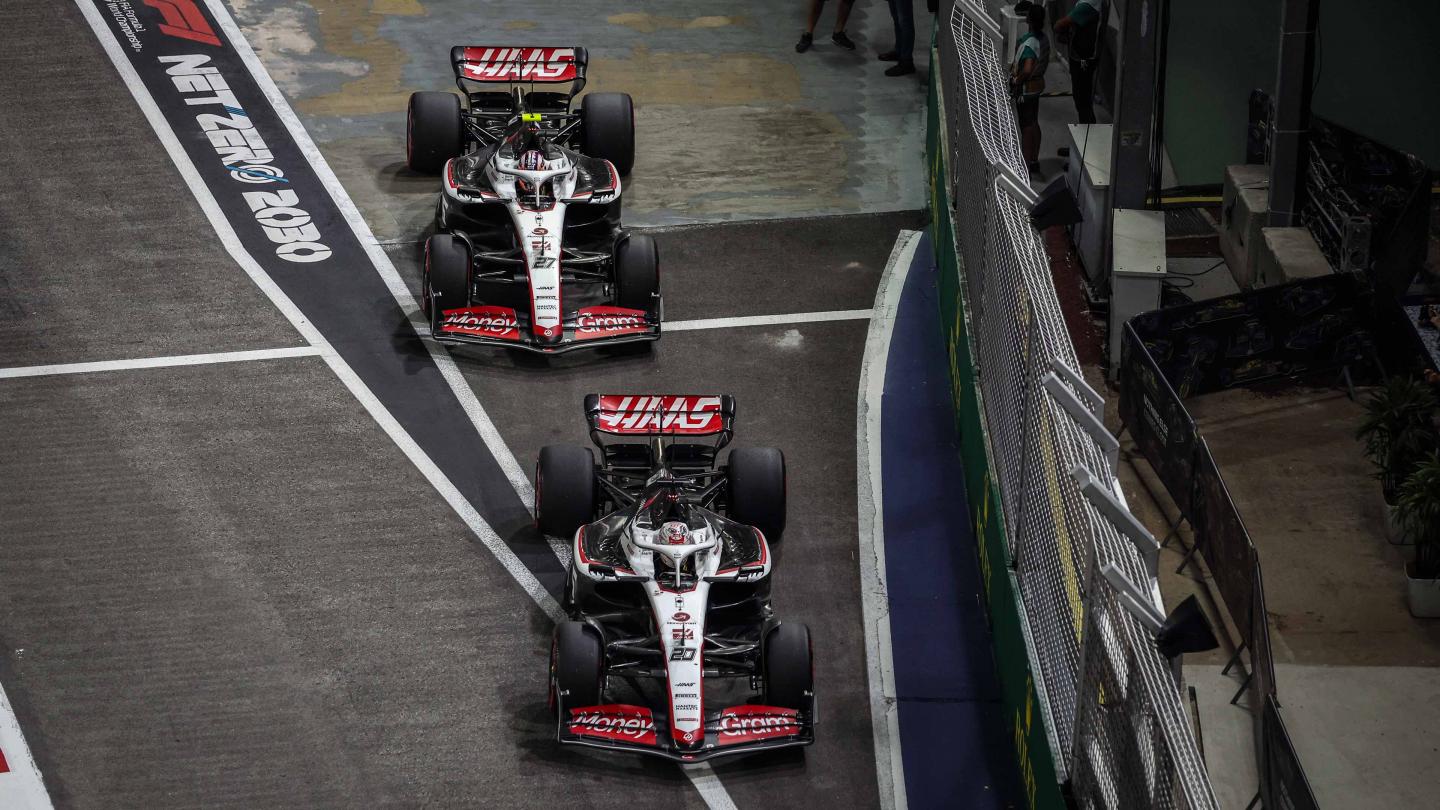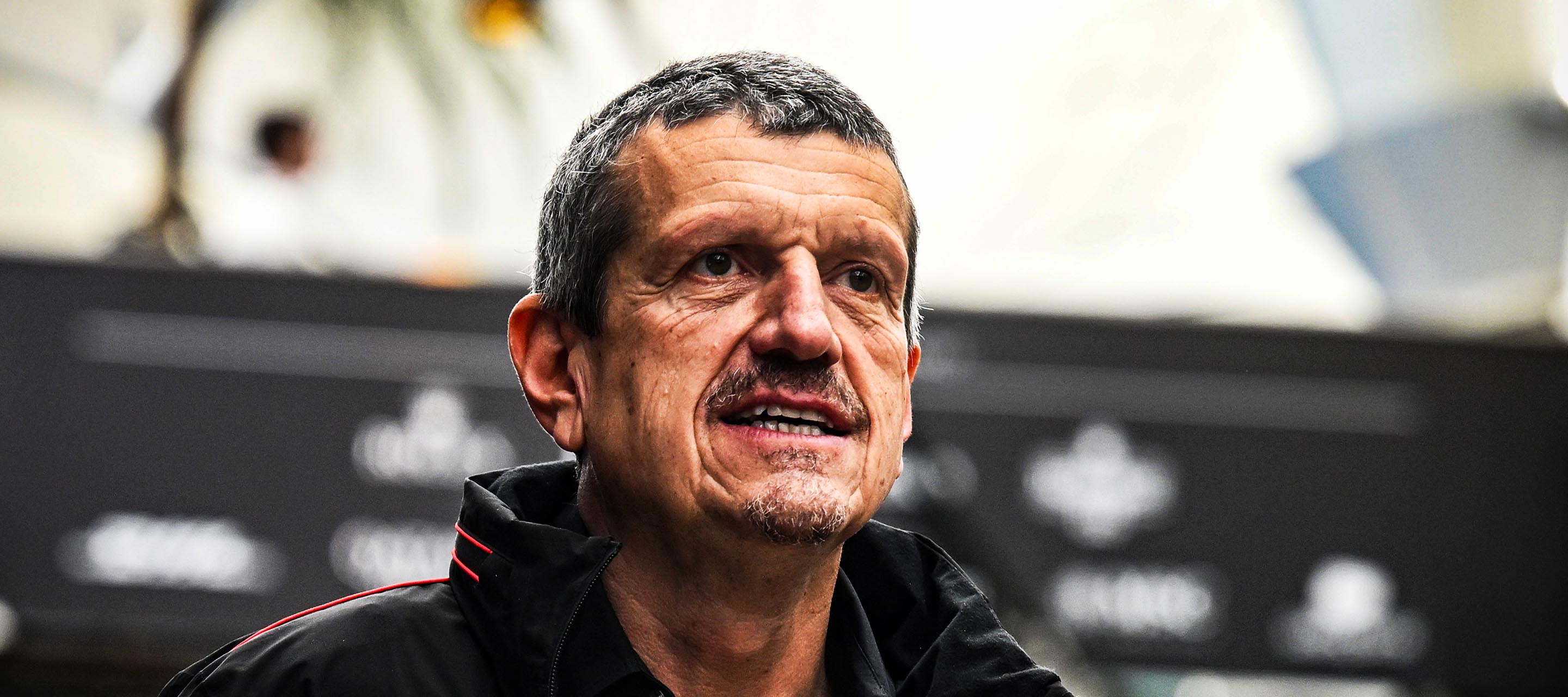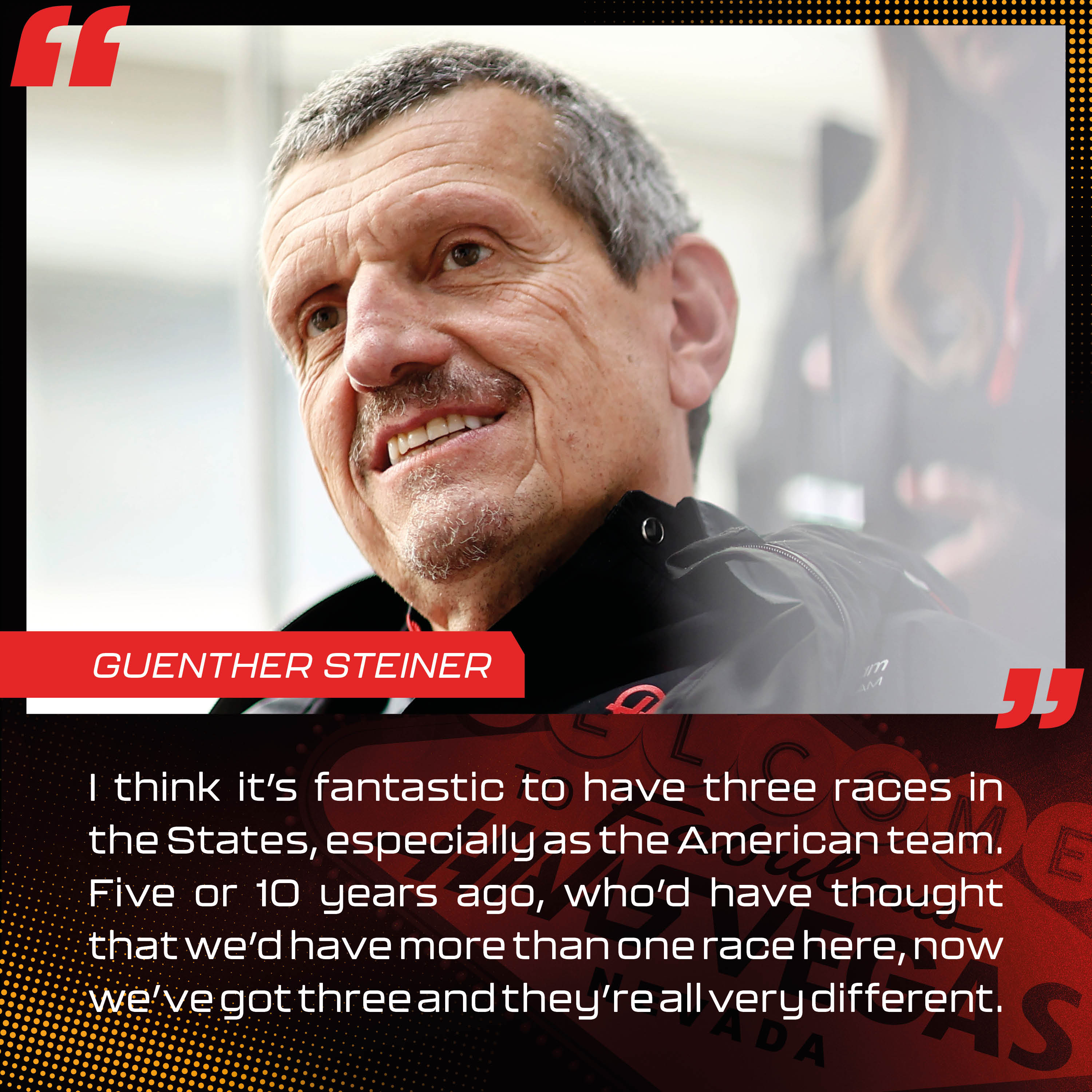Las Vegas Grand Prix: Preview
November 15, 2023
For the third and final time this year MoneyGram Haas F1 Team is heading to the United States, this time for the hotly-anticipated Las Vegas Grand Prix, Round 22 of the 2023 FIA Formula 1 World Championship.
Las Vegas was originally part of Formula 1’s calendar in 1981 and 1982, when a temporary circuit was laid out in the parking lot of the Caesars Palace hotel. However, Formula 1 failed to make significant in-roads in Las Vegas, or the United States, with the barren and dull circuit unpopular among the drivers, and it consequently gained an ignominious place in Formula 1’s history.
Fast forward three decades and the landscape is significantly different. Formula 1’s popularity has blossomed worldwide, particularly in the United States, and championship organizers earmarked Las Vegas as a desired location for a grand prix. In March 2022 an agreement was reached for Formula 1 to return to Las Vegas.
![]()
This time a circuit was mapped out through the heart of Las Vegas, which includes a stretch of the iconic Las Vegas Strip, and the grand prix will take place at night, on a Saturday, the first race to do so since 1985. That means practice will take place on Thursday night, with qualifying at midnight as Friday trickles into Saturday.
The 6.201km Las Vegas Strip Circuit will take drivers through the center of Nevada’s world-renowned entertainment city. The circuit is temporary, utilizing the city’s roads, but a permanent pits and paddock complex – and opening section of track – has been constructed off East Harmon Avenue. The circuit will take drivers along Koval Avenue, before encircling the MSG Sphere, and then continue along Sands Avenue.
The showpiece section is the Las Vegas Boulevard, better known as the Strip, with the circuit passing by the city’s famous hotels, as well as the Bellagio Fountain. A top speed of 340km/h has been predicted along the 1.8km stretch of the Strip, before drivers brake for a left-right-left chicane, which leads them back onto East Harmon Avenue to complete the lap. The 17-turn circuit is expected to rival the likes of Monza and Baku as a high-speed venue.

Guenther Steiner – Team Principal:
The penultimate round of the season takes Formula 1 to the inaugural Las Vegas Grand Prix. Let’s put the racing aside for just one moment, what are your expectations for this week and what impact will this race have on the sport going forward?
“I think we all have an expectation, but we know what Las Vegas is about. It’s hard to imagine exactly what it will be like, but it will be a very cool event and something completely different from anything done before in Formula 1. To put such effort into racing in a city like Las Vegas is challenging, to say the least, and to make it happen a few years ago was impossible to think about, let alone say. Let’s see what it will be like, but it will surely set a standard for a lot of things in the sport going forward.”
The team has decided to run both the old and new-spec VF-23 in Las Vegas – with Nico running the original package and Kevin opting for the COTA-spec newer package. Can you tell us what the benefit of this is now, both to the team and for the drivers with two races remaining?
“The main drive behind this was Nico feels that for him the old spec suits him better, and Kevin is the opposite. We’ve opted to give them what they want, we have two races to go and nothing to lose, so we’ve tried to do what we can. We could discuss gathering data, but we’ve got enough data, it’s a decision based on what each driver likes more than anything else. It puts them in a comfortable position so that they’re as happy as they can be with the car they get.”

Air temperature could be as low as five degrees Celsius / 41 Fahrenheit, how do you expect that to impact running and could the tire degradation issue with the VF-23, as exhibited on both specs, maybe not be as costly in Vegas as at hotter locations, for example – as witnessed in Brazil last time out?
“The low temperatures are a challenge, as everyone knows you need to keep the tires higher than the minimum temperature, which is higher than five degrees, so we always need to keep them a bit warmer, but it depends also a lot on the asphalt. It’s a combination of temperature and roughness of asphalt, but I don’t think degradation can get much worse for us than in Brazil. On Thursday, during practice, we’ll get to know the surface, the track, the temperature and then we’ll know more.”
It’s our final US race of the year, can you summarize what it’s been like racing at home this season and how the races differentiate themselves from the rest of the calendar?
“I think it’s fantastic to have three races in the States, especially as the American team. Five or 10 years ago, who’d have thought that we’d have more than one race in the US, now we’ve got three and they’re all very different events – as they would be if we were racing in different continents, not just country. I think it’s good for Formula 1 and the American fans who are coming more to watch and support. The standout point for me is the difference between each race. You go to Austin, which is a more ‘traditional’ race with lots of hardcore fans, and then you go to Miami where it’s party central, and then let’s see what Vegas brings. We know it won’t ever be sleeping and we’re racing at night, which is completely different again.”